The San Juan Islands sprawl across the waters between Washington State and Canada like green jewels scattered across blue silk. This enchanting archipelago offers everything from bustling ferry-served islands with charming towns to remote rocky outcrops where the only sounds are lapping waves and calling seabirds.
There are 172 named islands and reefs in San Juan County, part of a larger archipelago of over 450 islands, rocks, and pinnacles recognized at low tide. Most visitors stick to the big four served by Washington State Ferries, but the real magic happens when you venture beyond the obvious choices.
Here is a list of 20 Washington State islands that showcase the remarkable diversity of the San Juan archipelago.
San Juan Island
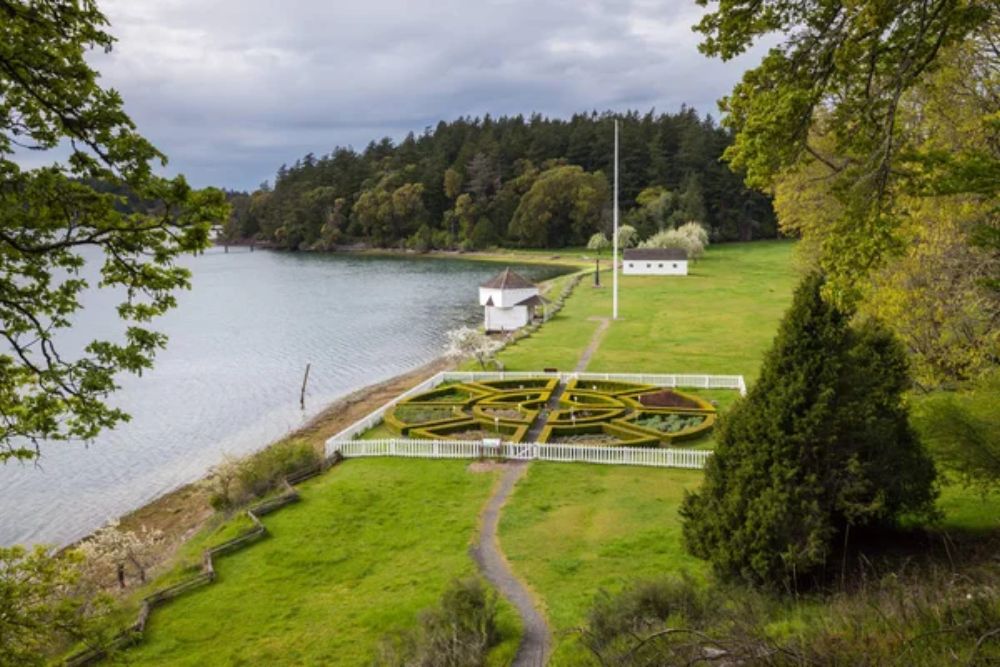
San Juan Island is the second-largest and most populous of the San Juan Islands in northwestern Washington, United States. Home to Friday Harbor, the county seat, this island offers the perfect blend of civilization and wilderness.
The name “San Juan” originates from the 1791 expedition of Francisco de Eliza, who named the archipelago Isla y Archipiélago de San Juan. You can explore the historic sites from the famous Pig War or catch orcas breaching near Lime Kiln Point State Park.
Orcas Island
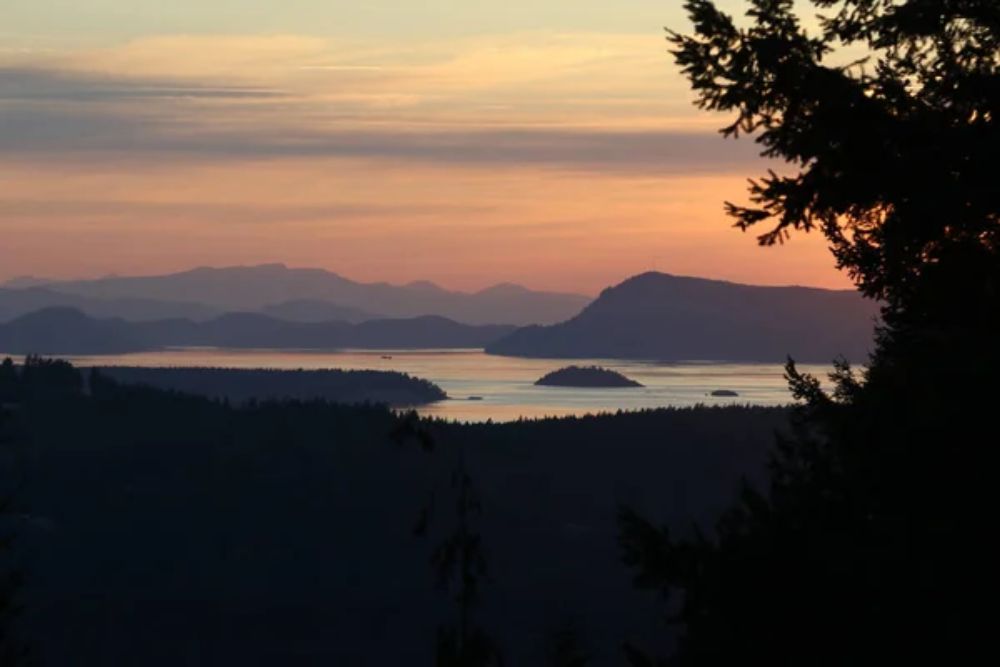
Huge and beautifully forested Orcas Island has one large park with its mountain and a delightful small town. Orcas Island measures 57 square miles and is the largest of the island group.
Mount Constitution towers over everything at 2,409 feet, offering views that stretch from the Cascades to the Olympics. The horseshoe-shaped island wraps around East Sound, creating protected waters perfect for kayaking.
Like Travel Pug’s content? Follow us on MSN.
Lopez Island
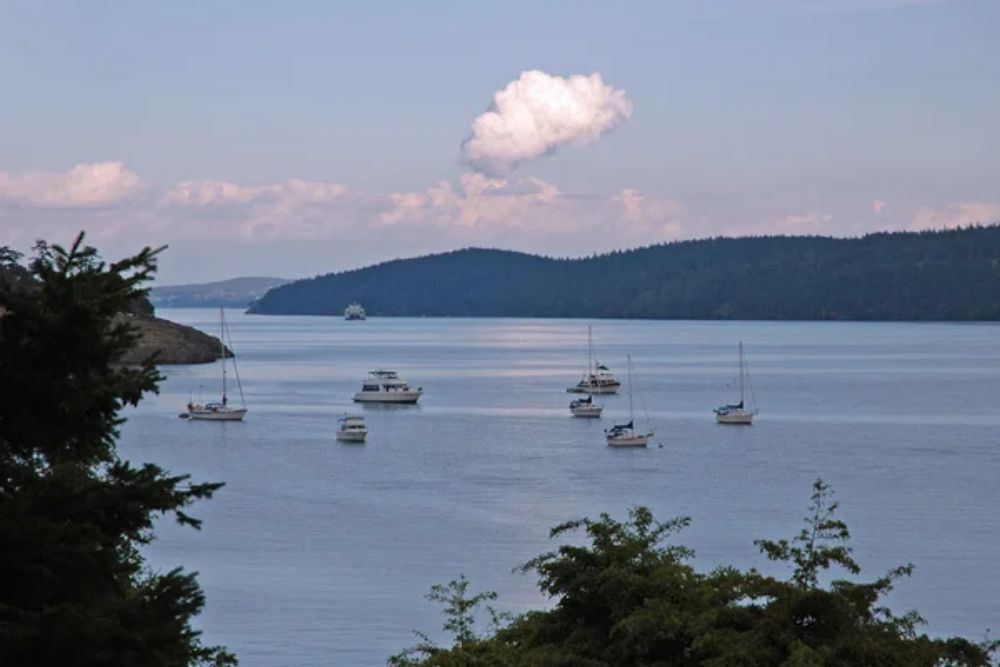
Lopez Island, measuring 29 square miles, is a short 45-minute ferry ride from Anacortes. Known for its gentle rolling hills and friendly locals who wave at passing cars, Lopez feels like stepping back into a simpler time.
The island’s southern tip features dramatic Iceberg Point, where you can watch ships navigate the international shipping lanes between the U.S. and Canada.
Shaw Island
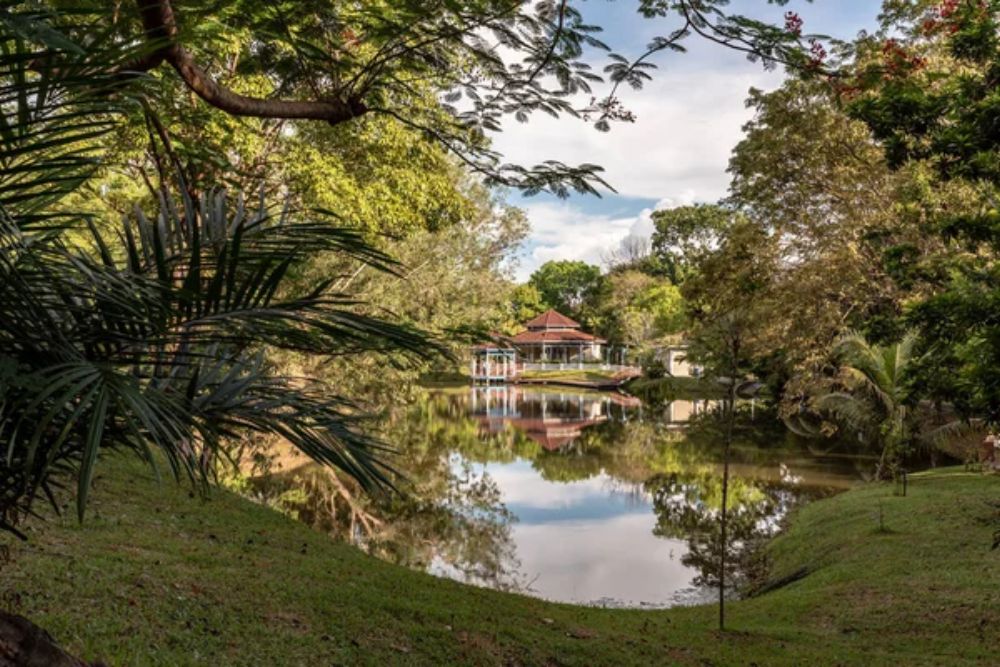
This tiny jewel of an Island can be explored in an afternoon, or you can relax in a waterfront campsite for days. Shaw Island, the smallest of the ferry-served islands, measures 8 square miles and is home to 235 people.
Shaw maintains an old-school island vibe where nuns once ran the ferry dock, and development remains minimal.
Decatur Island
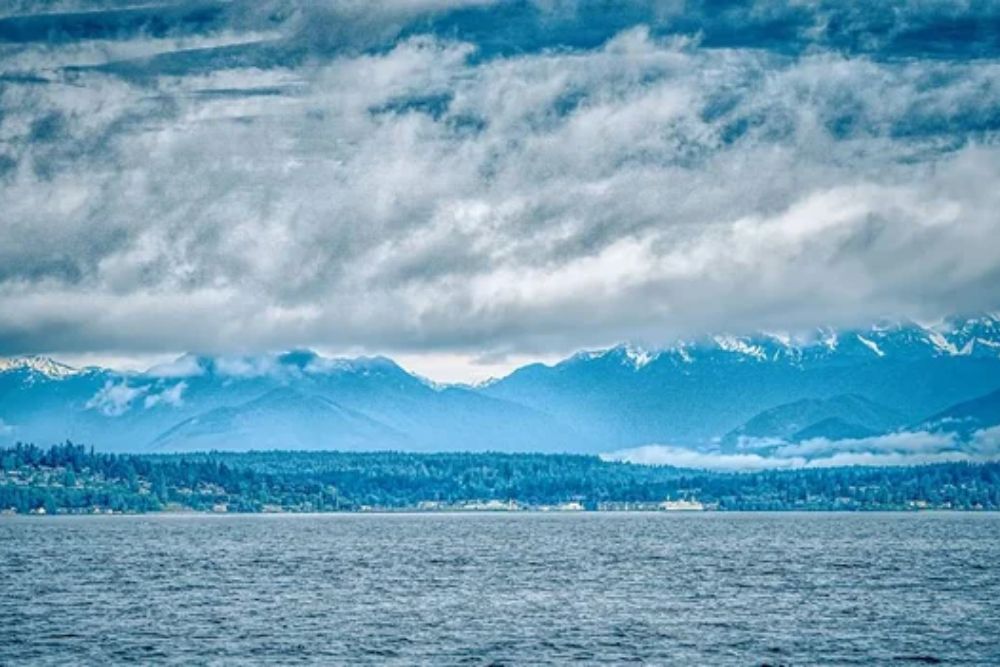
Made up mostly of private property, Decatur does have one public boat ramp and a lovely beach at the southern tip with protected anchorage. This long, narrow island offers spectacular views across Rosario Strait to the Cascade Mountains.
The northern end features dense forests, while the southern beaches provide excellent tide pooling opportunities during low tide.
Like Travel Pug’s content? Follow us on MSN.
Blakely Island
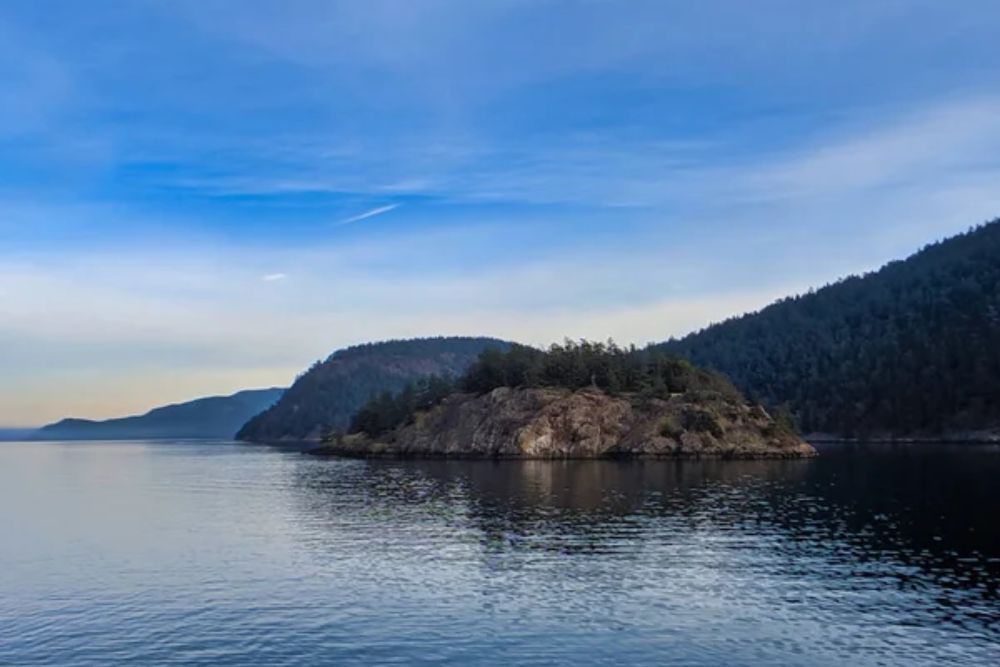
This private Island does have a small marina and general store if you feel like a snack while you are cruising by. Once a major limestone quarrying operation, Blakely now serves as an exclusive private retreat.
Blakely Island is one of several privately owned yet inhabited islands in the San Juans, including Brown, Center, Henry, and Crane Islands.
Stuart Island
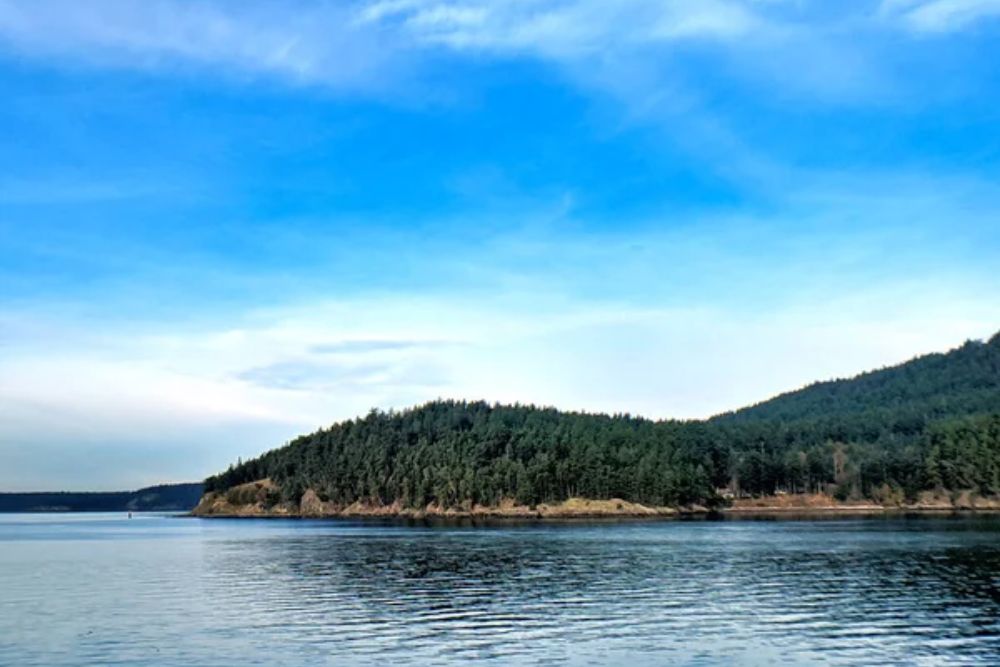
This northern Island has a great campsite with a dock and protected bay. Stuart Island sits right at the Canadian border, making it one of the most remote destinations in the San Juan chain.
The island features two historic lighthouses at Turn Point and Prevost Harbor, plus miles of hiking trails through old-growth forest.
Waldron Island
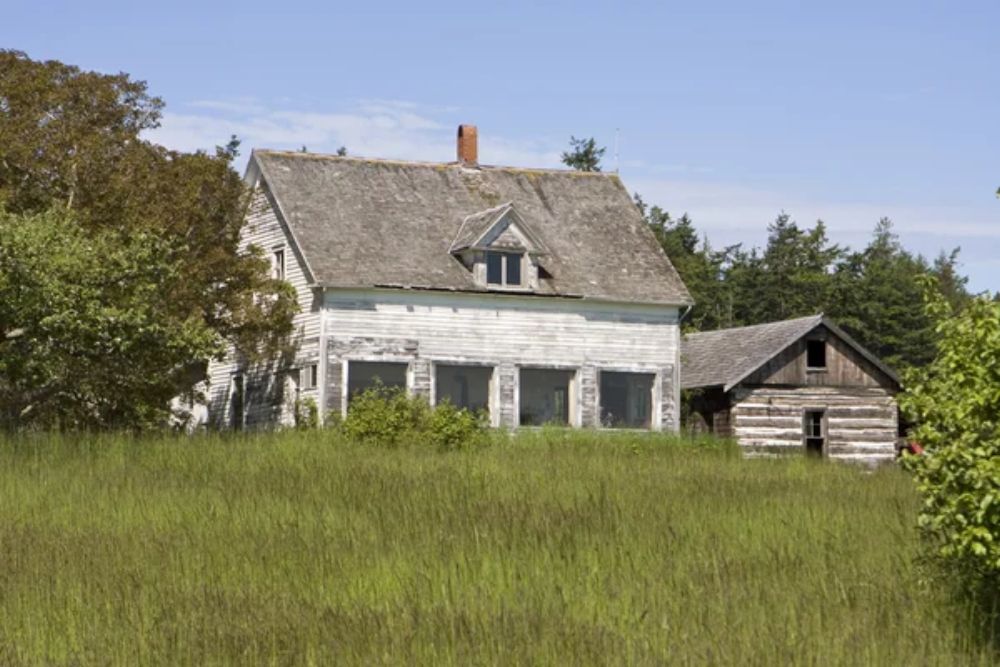
Waldron is mostly private property and is sparsely populated. This low-lying northern Island has long stretches of beach and largely undeveloped forest. Known for its agricultural heritage and spectacular sunsets, Waldron offers a glimpse of what the San Juans looked like before tourism became a significant presence.
The island’s prairie landscape creates a unique habitat for rare butterflies and birds.
Like Travel Pug’s content? Follow us on MSN.
Sucia Island
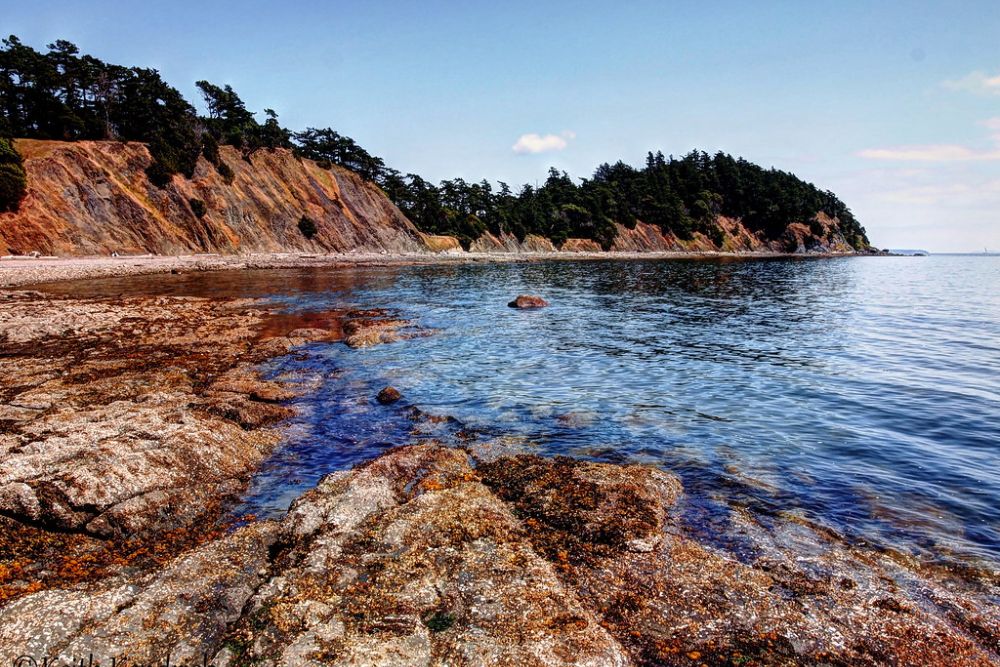
Patos Island is near both Sucia and Matia. These three islands can get quite crowded during the busy summer months, but during the off-season, you can have them all to yourself.
Sucia Island has a history of illegal activity dating to the 1800s when illegal Chinese laborers, opium, and wool were hidden among the craggy sandstone outcroppings and isolated coves. Today, this state marine park offers some of the best camping and hiking in the islands.
Patos Island

Patos Island, a wild and remote 200-acre island, is the northwestern-most point in the lower 48 states. Patos Island Lighthouse, built in 1893, stands on the western-most end of the island, providing light and reference to mariners.
The island’s exposed position creates dramatic weather and spectacular wave action during winter storms.
Matia Island

The smallest of these three islands, Matia, still has several small bays and plenty of forest to explore. The Spanish charts of Eliza, 1791, and Galliano and Valdes, 1792, show the name ‘Isla de Mata.’ The Wilkes Expedition, 1841, charted ‘Edmunds Group.’ The name Matia was conferred by the United States Coast Survey in 1854.
This marine park offers excellent opportunities for tide pooling and bird watching.
Like Travel Pug’s content? Follow us on MSN.
Jones Island
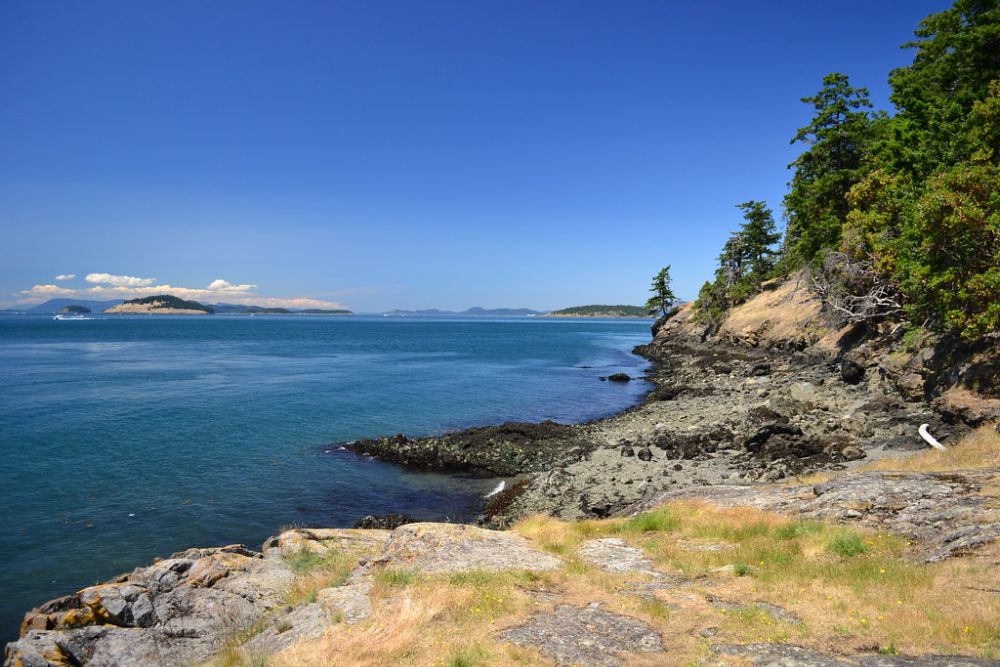
This park island is off the west coast of Orcas Island and can be most easily accessed from Deer Harbor. Enjoy camping on a completely uninhabited Island with plenty of small bays and shoreline to explore.
Jones Island Marine State Park provides a perfect base for exploring the western San Juans, with protected anchorages and well-maintained hiking trails.
Turn Island
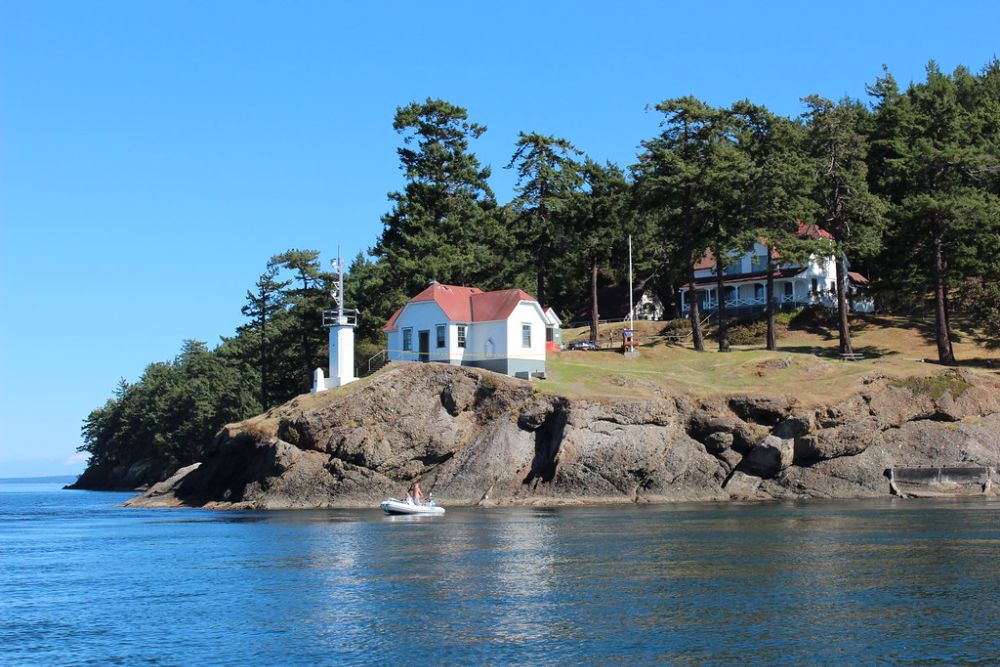
Turn Island is one of the many uninhabited park islands strewn among the San Juans. Right off of San Juan Island, you can paddle over from the nearby County Park on Pear Point Road.
This small island offers excellent kayaking opportunities and serves as a wildlife refuge for harbor seals and various seabird species.
James Island
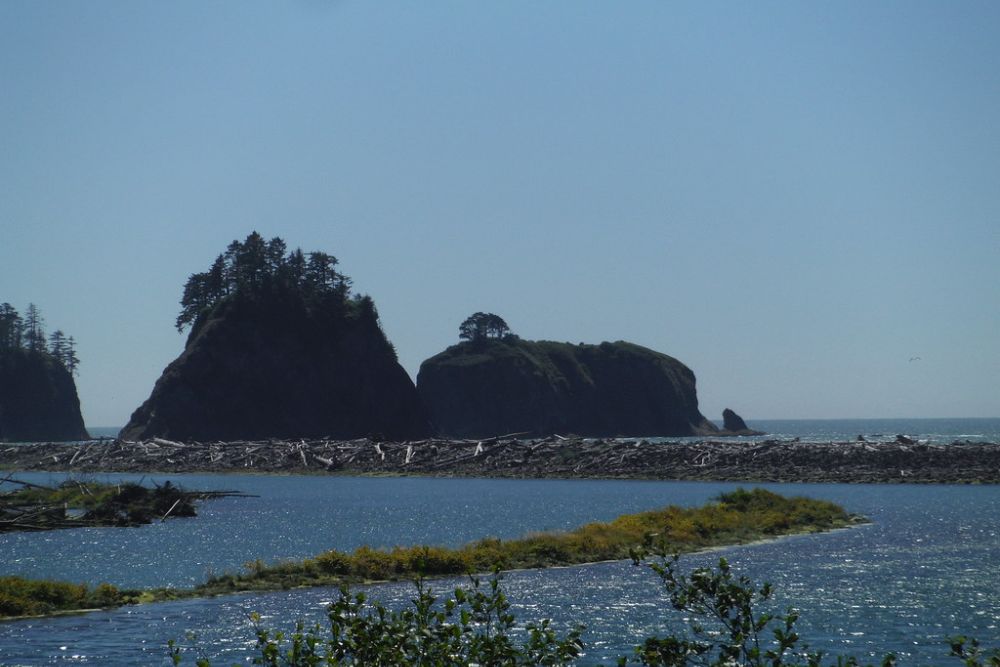
The rocky bluffs of this park island offer amazing views. Right off Decatur Island, it’s a good boating destination from Lopez or the mainland.
James Island State Park features dramatic cliffs and secluded beaches, making it a favorite destination for sea kayakers and small boat owners seeking solitude.
Like Travel Pug’s content? Follow us on MSN.
Posey Island
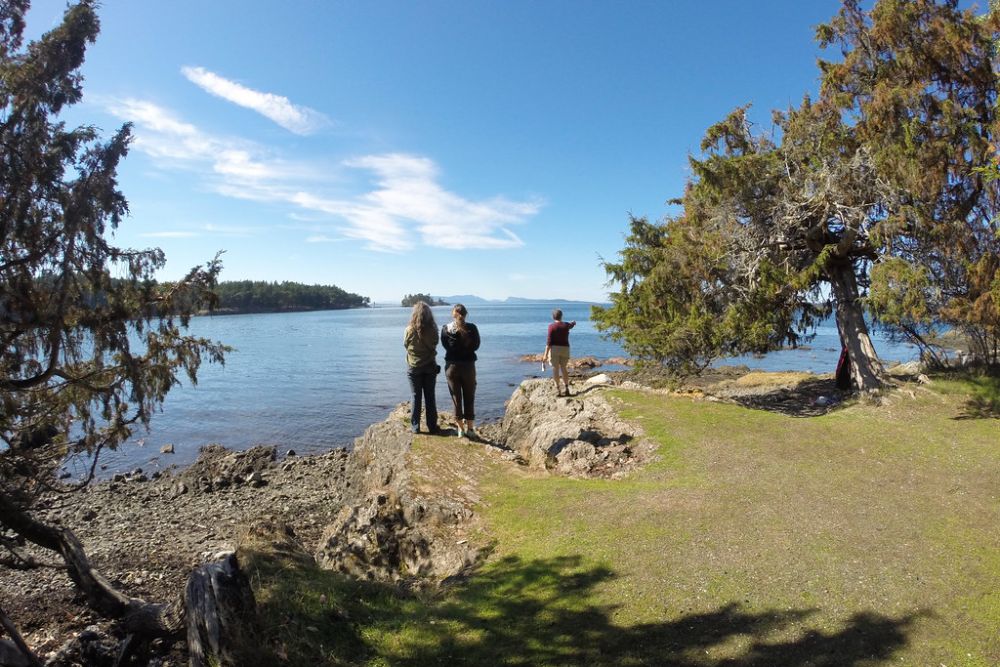
This minuscule Island is right outside of Roche Harbor and is a fun paddle from the historic Roche Harbor Resort. Posey Island is sometimes confused with Puffin Island, one of the Matia Islands.
At just one acre, Posey offers picnic facilities and is a popular kayak stop near Roche Harbor.
Clark Island
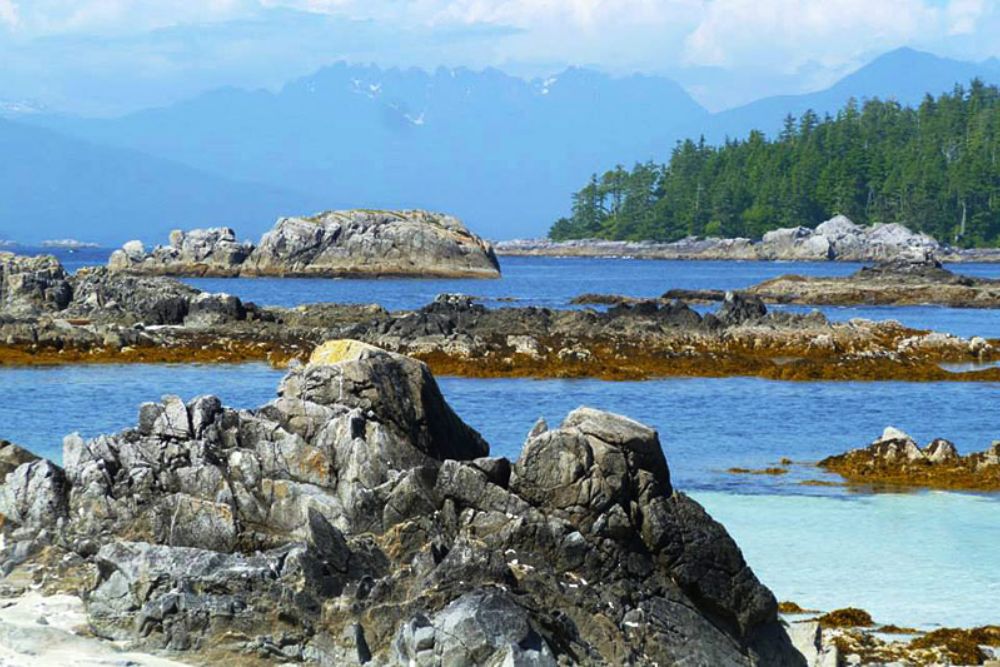
Not too far from the last three, Clark Island also has long stretches of beach along its eastern and western shorelines. This marine state park offers camping and day-use facilities, with excellent fishing opportunities in the surrounding waters.
The island’s diverse habitats support both forest and marine ecosystems.
Sinclair Island
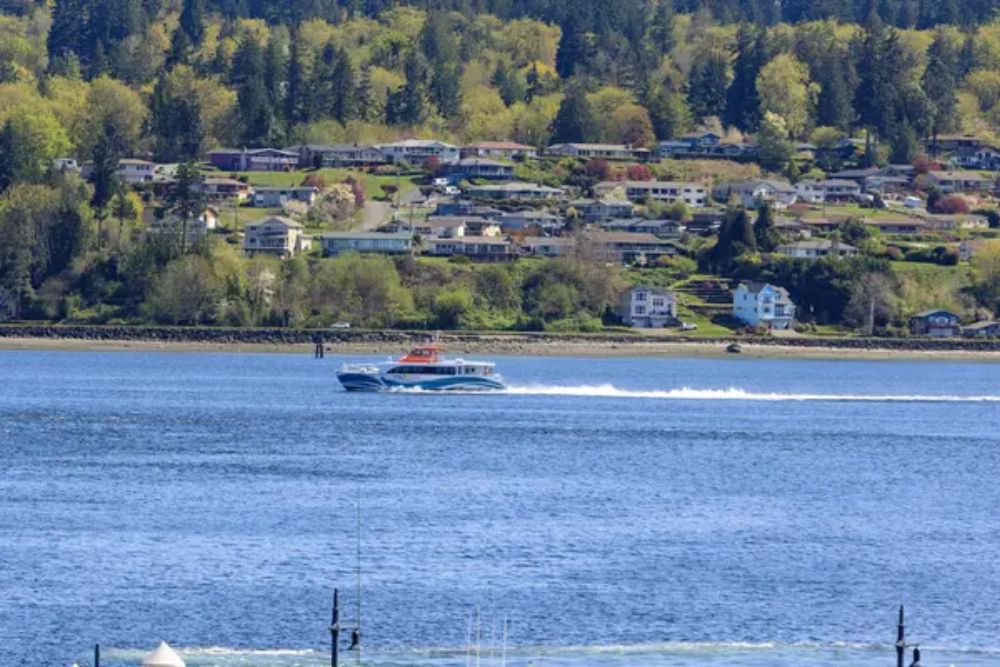
Named after a distinguished American naval officer, Sinclair Island sits in the northern reaches of the archipelago. Many names like Shaw, Decatur, and Sinclair honor U.S. naval officers, part of a naming legacy that survived British edits during early territorial mapping.
The island features a mix of private property and undeveloped shoreline, offering glimpses of the San Juans’ geological diversity.
Like Travel Pug’s content? Follow us on MSN.
Eliza Island
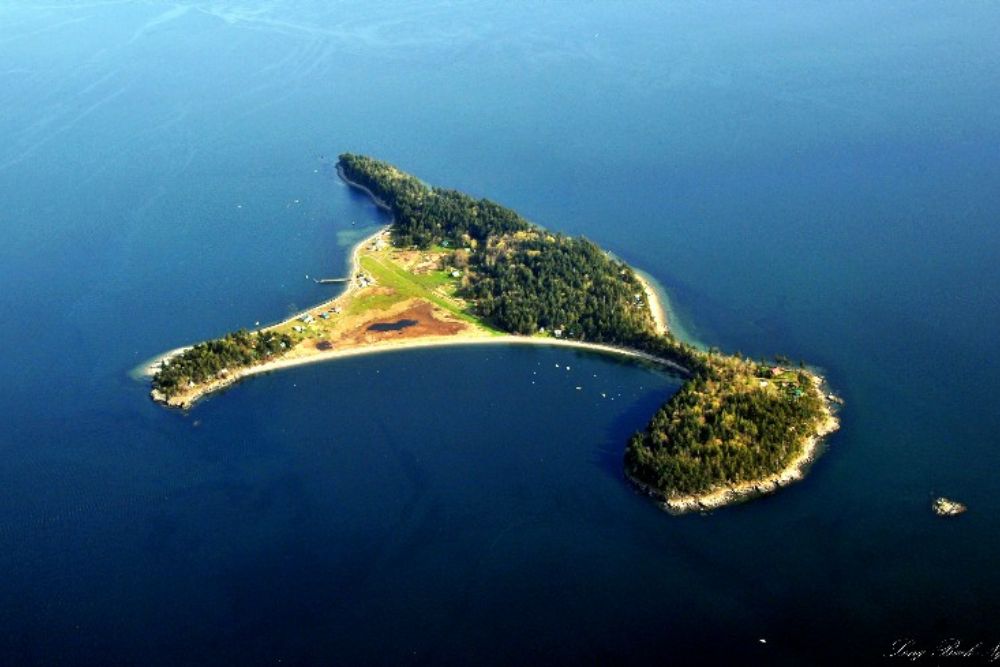
San Juan Cruises offers charter service to Eliza Island, Sinclair Island, Blakely Island, Orcas Island, Lopez Island, and daily seasonal service to San Juan Island from the Bellingham Cruise Terminal in Bellingham, Washington.
This privately owned island near Bellingham offers limited public access but serves as an important stop for inter-island charter services.
Crane Island
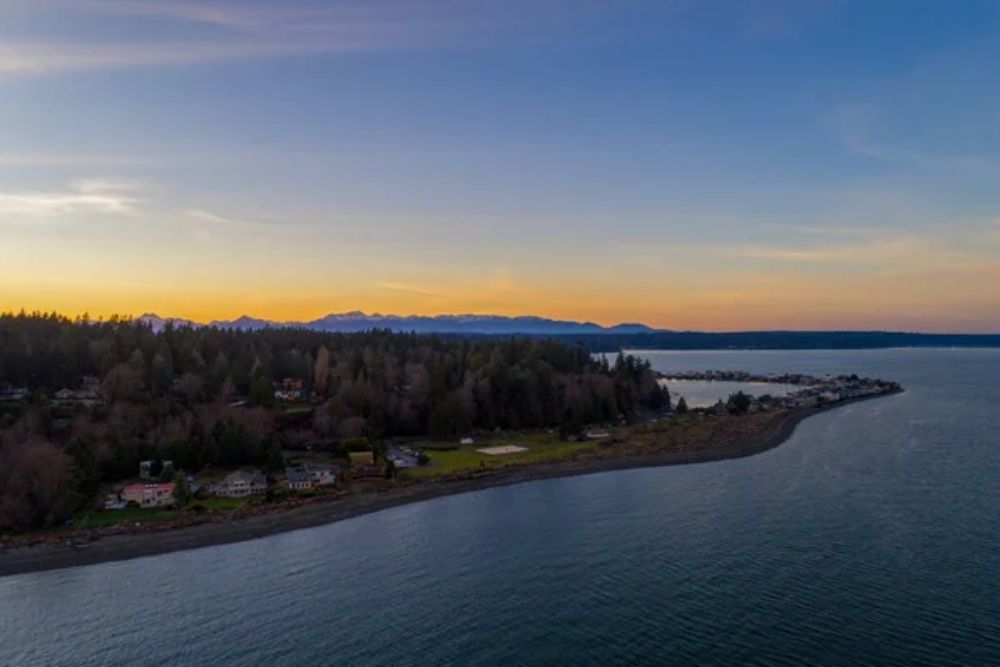
A narrow water passage between Crane Island and the northwest end of Shaw Island. It is used as a route by ferry boats and other vessels. Crane Island sits strategically in Wasp Passage, where ferry traffic navigates between the main islands.
The island’s name reflects the abundance of great blue herons and other wading birds that frequent its shores.
Obstruction Island
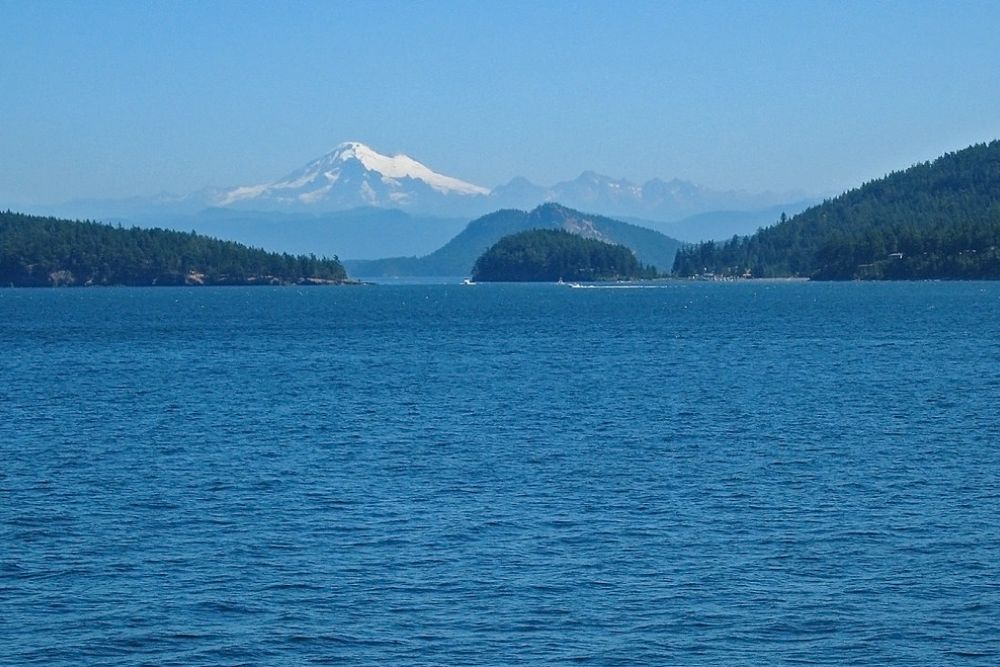
A smaller island near Orcas, Obstruction Island, lives up to its name by creating challenging navigation for boaters unfamiliar with local waters. Obstruction Island, Orcas Island*†, Pearl Island, San Juan Island*†, Shaw Island*†, Stuart Island†, Sucia Island, and Waldron Island represent part of the populated island chain.
The island offers quiet anchorages and hiking opportunities for those willing to navigate its tricky approaches.
Like Travel Pug’s content? Follow us on MSN.
Islands That Time Forgot
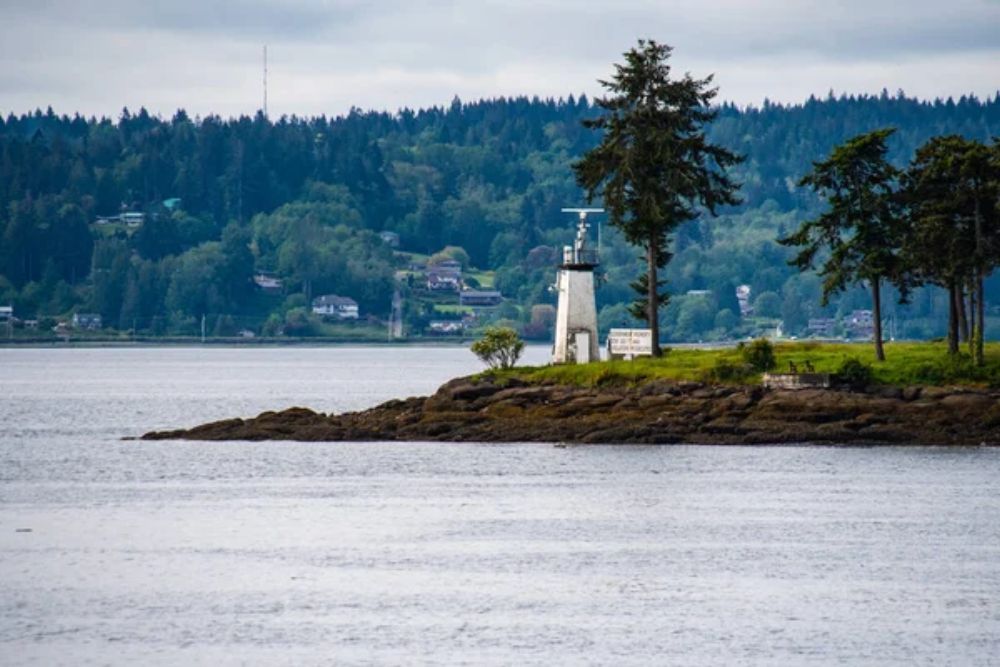
These twenty islands represent the incredible diversity found throughout the San Juan archipelago, from bustling ferry terminals to pristine marine parks accessible only by private boat. While the names of some of the islands embody the long record of successive explorations, from the Spaniards in 1790–2 and the English in 1792, to the American Wilkes and others of the 1840s, physical peculiarities are responsible for many homespun names such as Peapod, Goose, Dot, Ripple, and Hat Islands.
Whether you’re seeking world-class whale watching, peaceful kayaking, or simply a place to escape the modern world, the San Juan Islands offer an island experience for every taste and adventure level. Each island tells its own story, from Spanish exploration to American settlement to today’s careful balance between preservation and recreation.
More from Travel Pug

- 20 Best Beach Towns in the Carolinas
- 13 Destinations Where Tourists Regularly Regret Their Trip
- 20 Destinations That Are More Magical Without an Itinerary
- 20 Underrated Adventures That Belong on Your Travel List
- 20 Cities Where You Should Just Wing It, No Planning Required
Like Travel Pug’s content? Follow us on MSN.N.
